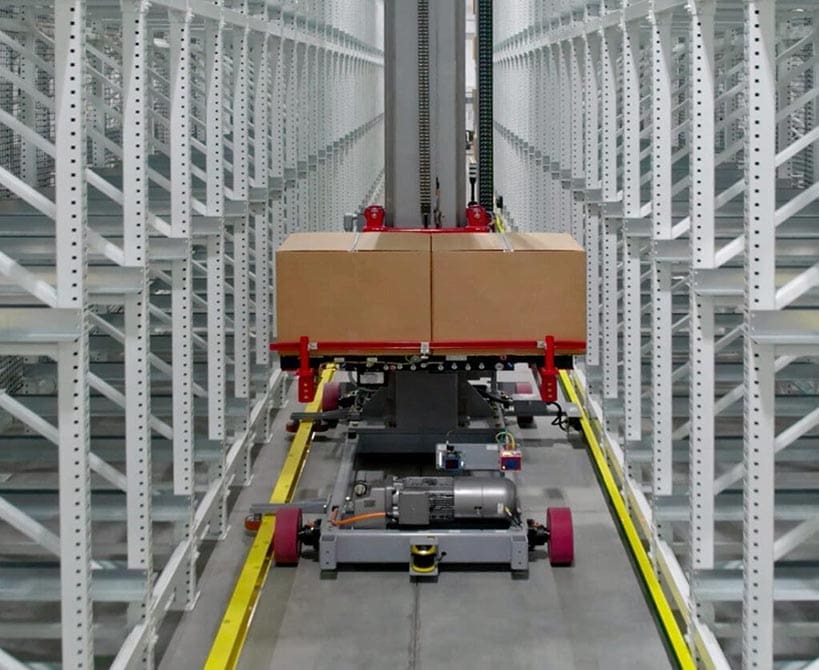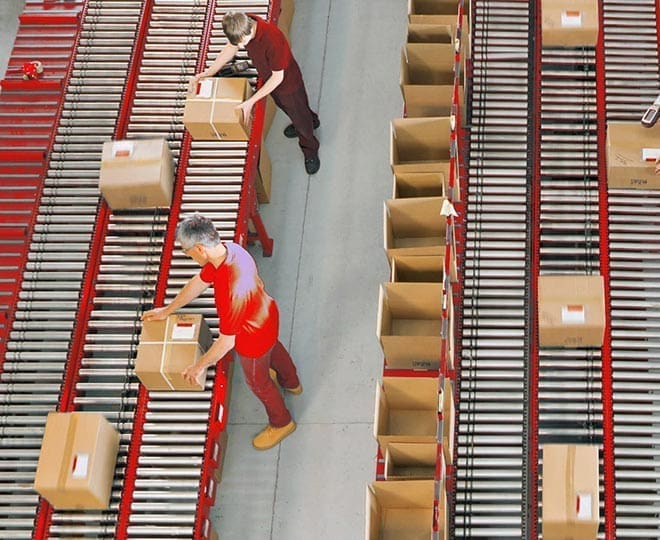Warehouse labor costs and a tight labor market present significant challenges… are you prepared to address them?
Recently, warehouse and distribution center operations have grappled with a constricted labor market, escalating warehouse labor costs, and a scarcity of qualified candidates. Compounding this issue, many of the large DC companies have announced wage increases, now starting at over $14 per hour (and scaling from there).
So, how can a distribution company effectively address its staffing needs amid this tightening labor market? The answer, while straightforward, presents its own challenges: requiring fewer employees and offering competitive wages. In theory, employing fewer individuals who receive a living wage is advantageous for both the company and its workforce; however, achieving this ideal can often feel arduous or even unattainable.
To illustrate this challenge and explore a potential solution, let’s conduct a financial exercise to understand the warehouse labor costs landscape in a typical distribution center. Below is an example of relevant figures that depict the average distribution center’s labor costs.
- Average Hourly Wage: $11.50
- Average Load Percentage (taxes, benefits, etc.): 25%
- Loaded Average Hourly Wage: $14.38
- Average Yearly Loaded Wage: $29,910
- Average Number of Employees: 50
- Total Loaded Straight-Time Wages: $1,495,500
- Overtime Percentage: 10%
- Yearly Overtime Cost: $224,328
Total Yearly Loaded Direct warehouse labor costs / Hourly Employees: $1,719,828
This is a substantial expenditure. To better comprehend where these labor dollars are allocated, we can analyze a breakdown of labor costs based on core functions within the distribution environment.
According to studies on labor allocations and using the warehouse labor costs example above, here’s a breakdown of the labor costs associated with key functions in a distribution center:
- Order Picking: $913,228 per year
- Packing: Adding packing brings the total to $1,042,215 for picking, packing, and shipping orders.
Notably, order picking consumes over 50% of direct warehouse labor costs, making it a prime candidate for optimization compared to other functions like receiving or inventory control. To delve deeper, let’s dissect the picking process itself, as it comprises various actions, each with its own time and cost implications.
Breakdown of the Order Picking Process
The core functional steps involved in order picking, along with their estimated time contributions, are as follows:
- Receiving Instructions, Paperwork, Prepping, Moving Equipment, etc.: 8%
- Traveling / Walking: 57%
- Locate and Recognize: 15%
- Wait, Mark, and Dispose: 10%
- Picking: 10%
Key Insight: Travel accounts for over 50% of total pick time, indicating a potential area for efficiency enhancements. With 57% of time spent walking and additional time spent on locating items and system interactions, only 10% of the time is dedicated to the act of picking.
Imagine if we could redesign the picking process to minimize non-value-added activities. If we could implement a system that delivers products directly to stationary operators, eliminating walking and waiting times, we could drastically reduce the warehouse labor costs associated with picking.
The Impact of Distribution Center and Warehouse Automation
This approach is the fundamental principle behind “goods-to-person” automated systems. By minimizing travel and system interaction time, the costs associated with picking could be transformed from $913,228 to an estimated $91,322 (based on the percentage of labor reduction).
Performance Comparison
Let’s compare the labor performance between a traditional picking process and a goods-to-person approach:
Manual Performance:
- Number of Orders per Day: 4,800
- Number of Lines per Order (Picks): 3
- Total Lines to be Processed per Day: 14,400
- Current Process Performance: 60 picks per hour /per person
- Total Man-hours Required for Picking: 240 man-hours per day / 30 people
- Yearly Warehouse Labor Costs for Pickers: $1,031,896
“What If” Performance (Goods-to-Person Principles):
- Number of Orders per Day: 4,800
- Number of Lines per Order (Picks): 3
- Total Lines to be Processed per Day: 14,400
- Process Performance: 450 picks per hour per person
- Total Man-hours Required for Picking: 32 man-hours per day / 4 people
- Yearly Warehouse Labor Costs for Pickers: $137,584
This represents a remarkable savings of $894,236 per YEAR
What is Achieved Through Automation in this Example?
- Reduced Personnel Requirements: The workforce can be decreased by 26 employees, simplifying the search for qualified labor.
- Increased Wages: A $3 per hour wage increase for the remaining 24 employees equates to an operational expense increase of $147,600 yet still results in a net savings of $746,636. This increase means each employee earns an additional $6,150 annually, making the company more competitive in attracting and keeping talent.
- Lower Employee Turnover: Automation leads to reduced turnover, decreased training time, and minimized ramp-up periods, all contributing to operational efficiencies.
- Higher Quality of Work: With fewer, better-qualified pickers and a system that provides advanced tools for picking, the accuracy of order fulfillment improves, reducing the need for secondary inspections.
- Scalable Operations: As the business expands, the need for additional employees grows at a much slower rate, maximizing productivity.
While these benefits are compelling, the challenge remains: how to specify, find, afford, and implement the necessary systems to achieve these goals. This is where ISD can help. By helping to find the correct system(s) and processes that are the best operational fit for your operation and focusing on optimizing labor performance and costs, your operation can achieve substantial efficiencies while increasing capacity, accuracy, and reducing reliance on non-value-added functions.
If you have any questions or wish to explore potential solutions tailored to your company, please feel free to reach out. bjones@isddd.com








